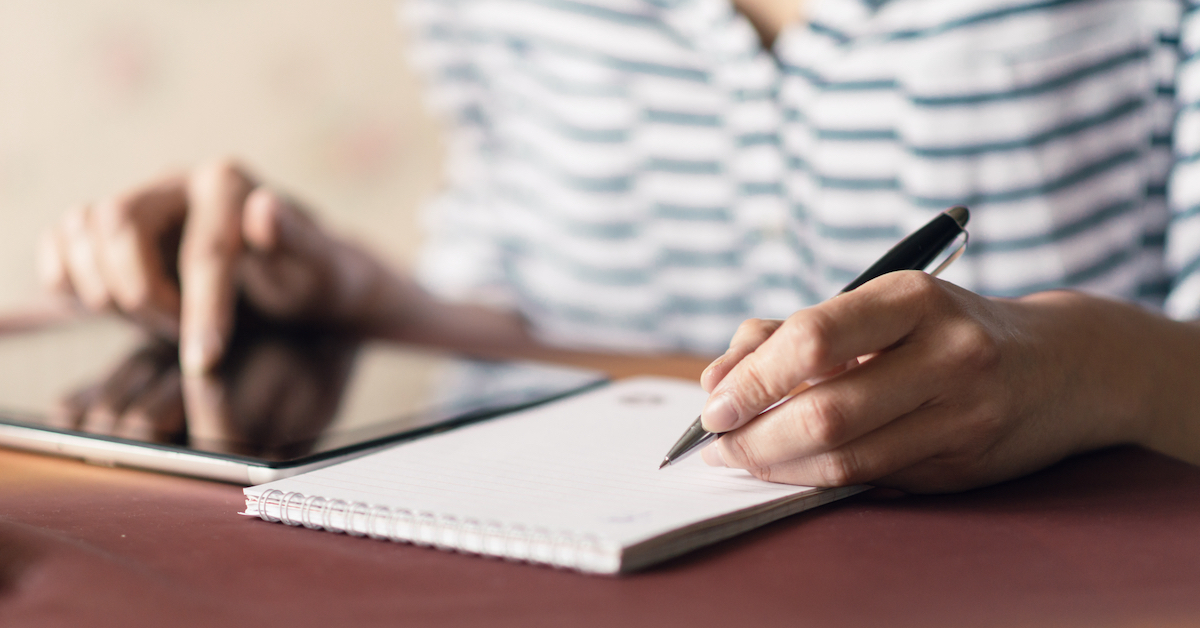If you’ve ever yawned after watching someone else yawn, felt sadness at another’s plight, or smiled seeing others laugh, it’s because we are social beings, and that can lead us to empathize with other people’s actions and behavior.
But what’s happening in the brain to bring this about?
The answer begins with special cells called mirror neurons. Even more exciting, thanks to one accidental “ice cream” discovery, these cells are helping to heal damage from Parkinson’s and stroke.
Scientists first began to understand the healing potential of mirror neurons in 1992, during a brain imaging research study performed on monkeys.
While one of the scientists was eating an ice cream, they noted that a monkey’s brain showed activity in certain cells that were only thought to be active when the monkey brought food to its mouth; yet this brain cell activity occurred even though the monkey was only watching.
Upon further research, humans were found to have similar neurological systems – neurons in various regions of the brain that mirror or respond to the actions, touch or emotions of other people or animals.
It quickly became clear that mirror neurons play a key role in learning by mimicking the behavior observed in other people or animals. What’s more, these brain cells not only become active when we’re watching others, they also spring into life by our own actions and emotions.
This dual role discovery led to the development of a treatment called action observation therapy (AOT) that’s now helping to improve the lives of stroke and Parkinson’s patients.
AOT Benefits 63 Percent of Patients
Recently, scientists studied action observation therapy in 28 patients with Parkinson’s by using an exercise app called 9zest.
The idea is that by watching the exercises performed on the app, mirror neurons that aren’t damaged in the patients’ brains will be activated, priming the brain and body to mimic the movements when the patients come to perform the exercises themselves.
Interestingly, the app was developed by a software engineer with Parkinson’s disease. And it does more than just show exercise videos. The app assesses the status of the patient through questions and performance tests to construct a customized exercise program.
The exercises are selected from a library of videos specifically designed for those with Parkinson’s disease and is calibrated to the patient’s level of function. The app includes prompts, goal setting, graded tasks and feedback to provide support and encouragement to maintain the program.
After twelve weeks, the scientists concluded that the app improved balance, mobility, lower extremity strength and quality of life for the Parkinson’s patients. A whopping 63 percent felt that their Parkinson’s symptoms had improved.
What’s more, most of the participants reported that the exercises were valuable, enjoyable, and that they would recommend the program to others.
Strong Clinical Evidence Supports AOT for Brain Injured Patients
In March, sports scientists from Ireland published a review on the effect of action observation therapy. They included 36 studies involving 1,405 patients. Their findings are encouraging for anyone with a Parkinson’s diagnosis. The reseachers wrote, “Level 1, representing strong evidence, supports the use of AOT to improve OMs [outcome measures] in Parkinson’s disease and stroke.
“Within Parkinson’s disease, AOT therapy has been shown to result in improvements in balance scores, FOG [temporary inability to move the feet], disease-specific health, and motor and nonmotor abilities.
“Similarly, consistently strong level 1 evidence demonstrated the effect of AOT in populations with subacute and chronic stroke in manual dexterity, upper limb function, balance, and walking ability.”
For stroke patients in particular, another study’s results suggest taking action observation therapy one step further.
“Watch And Do” is More Effective for Stroke Patients
Dr. Daniel Eaves, a senior lecturer in sport and exercise science at Teesside University, England, says research demonstrates that patients who regularly “watch and do” rather than just watch, regain more movement in their limbs.
Dr. Eaves believes that even though brain cells that control movement may have died, observation can fire up mirror neurons in other parts of the brain that haven’t been damaged and thereby improve the movement of hands and arms left weakened by strokes.
“These mirror neurons,” explains Dr. Eaves, “transmit a weak version of the electrical signals needed to move the patient’s muscles. And while the signals are usually too weak to actually trigger the movement, they provide valuable training in performing it.
“As the same cells are involved in both watching and performing the movement, these ‘rehearsals’ can enhance recovery.”







